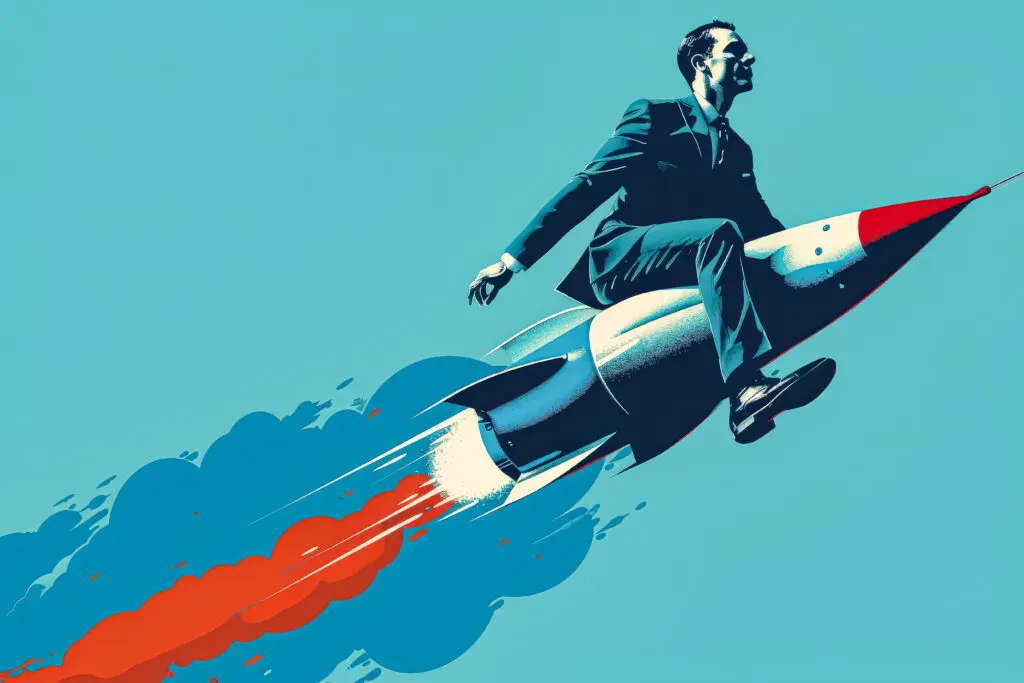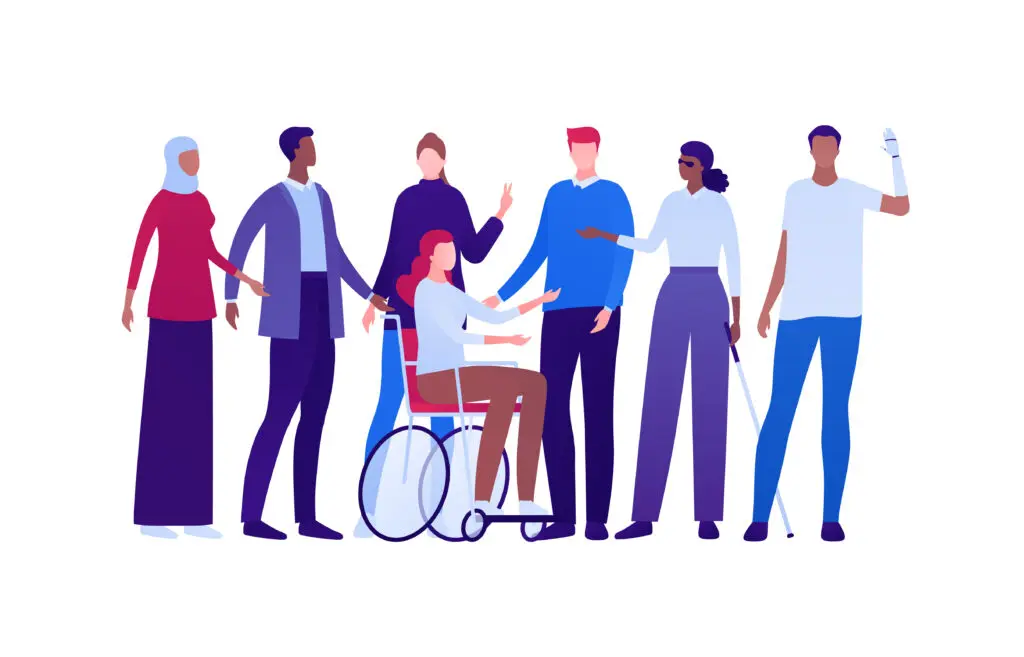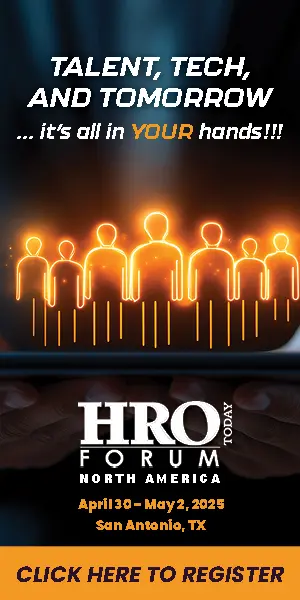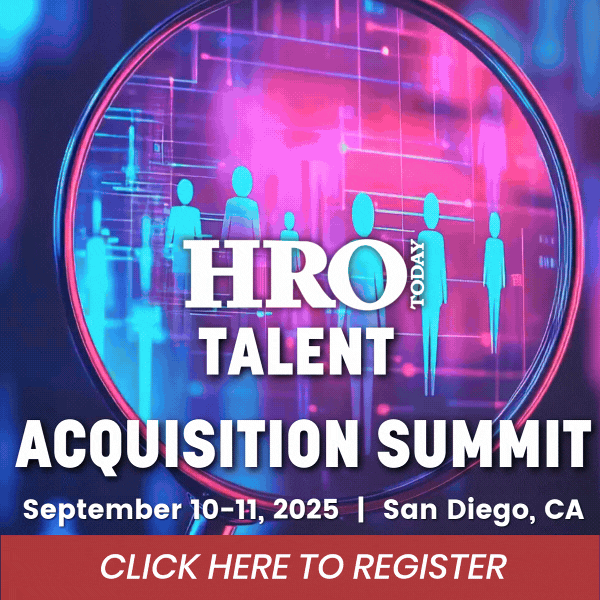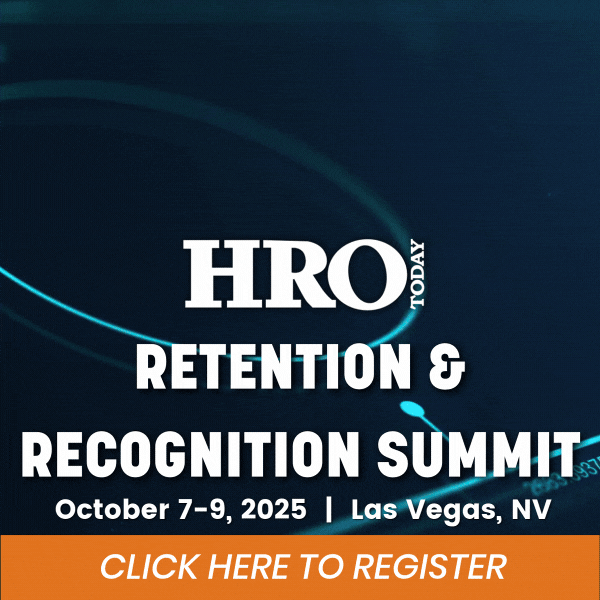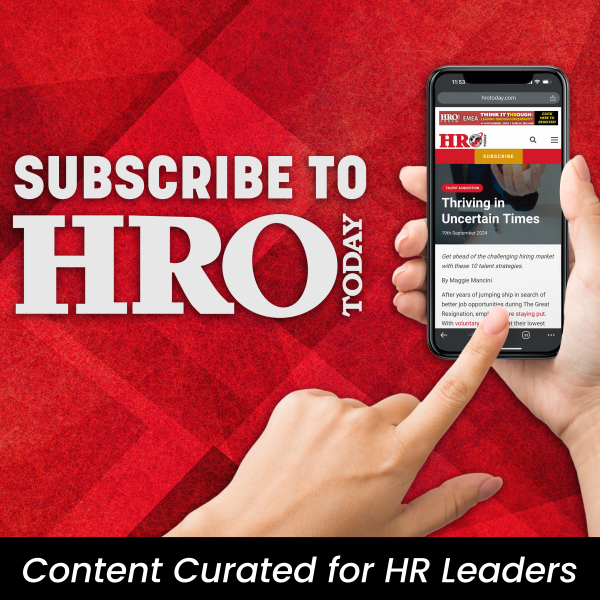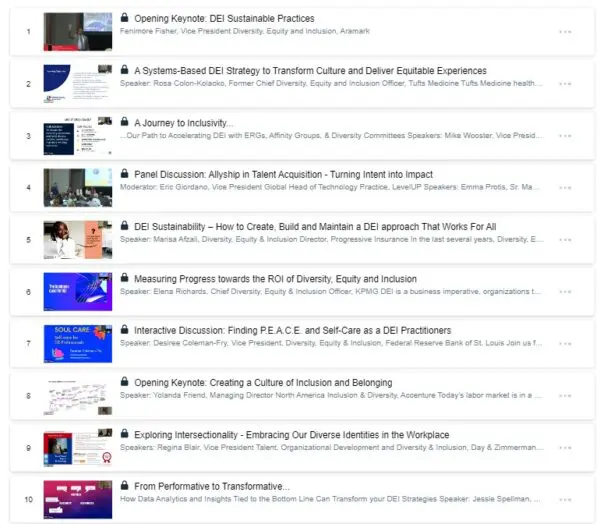By leveraging AI tools to streamline the first few months of their tenure, HR leaders can improve engagement among new hires and stave off turnover.
By Stephen Jon Thompson
Employee turnover—especially in those first months after new employees join an organization—is a recurring problem for many companies. However, if HR leaders put AI to work in the onboarding process, those new employees should arrive more engaged from the get-go. The key, though, is to enlist the assistance of the IT team and obtain data from them that will help ensure streamlined success. HR can make great strides fast by employing AI to ensure a similar onboarding process for every new employee who arrives.
AI for onboarding is about getting information to candidates to have them up and running early, but it is not about turning the entire process over to AI. As with anything with AI, the human element remains important despite the capabilities that the technology brings to the process. As the human partner in this alliance, HR leaders must do their part, learning about their job candidate’s strengths and concerns during the interview process. By socializing with them long before they begin the job, HR leaders have the information they need to make the onboarding process as seamless as possible. Here are some important approaches employers can consider when onboarding new hires.
- Leverage AI to create an onboarding timeline for new hires. Use AI to help create a 90-day timeline for what should happen with the employee during the first three months. Having concrete activities helps new employees feel like they are being deftly brought into the company and its culture. To do this, HR will need to provide the tech platform with information that includes details such as the company’s mission, vision, earning reports, and CEO messages.
- Connect the employee’s role to organizational objectives. HR leaders must communicate this early so that the employee can quickly get a handle on how what they do fits in with what others do in the company as they meet and mingle with their new colleagues. This will improve their ability to deliver the results needed for their new colleagues. Although it is up to the manager or team leader to create the networking lanes for each new employee, AI can help facilitate this by offering ideas on what the new employee should be learning from each of the current employees they are introduced to.
- Streamline operational onboarding using AI. Beyond missions, objectives, and job duties, there are also operational matters to consider with the onboarding of a new employee. They need to be set up with email, a laptop, Zoom, HR benefits, and access to software the company uses. This should be the easiest part of onboarding but in many cases, it is not. HR leaders must collect the data they need from the employee before they start and have the IT team augment and operationalize their key areas. Any delays in having everything ready when they arrive could impact meetings, mandatory training for HR, payroll, benefits, and other areas. Once again, AI can help create a schedule for accomplishing this with reminders of what needs should be considered as the onboarding process gets underway even before the employee arrives.
Remember, AI is a tool that can help employers accomplish tasks and goals in an efficient manner, but human involvement and judgment are essential to the process because AI will not always have the nuanced understanding of a situation that experienced HR and business leaders will.
Stephen Jon Thompson is vice president of talent at Docusign.




